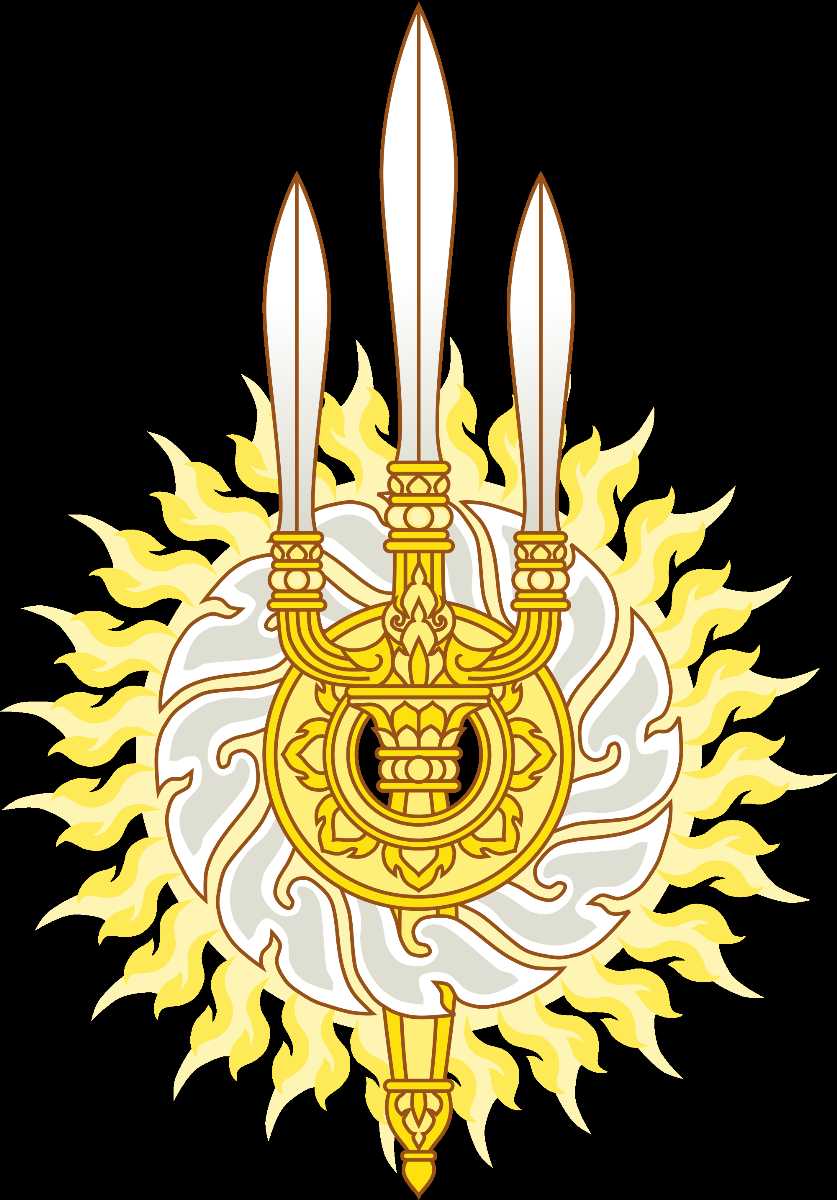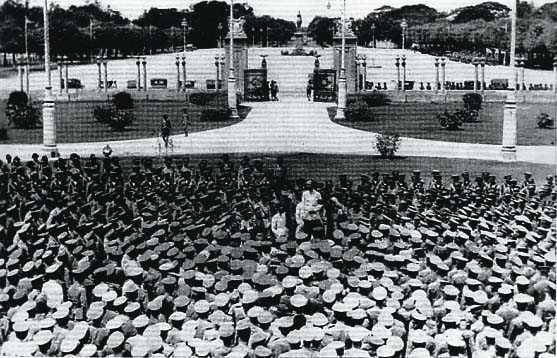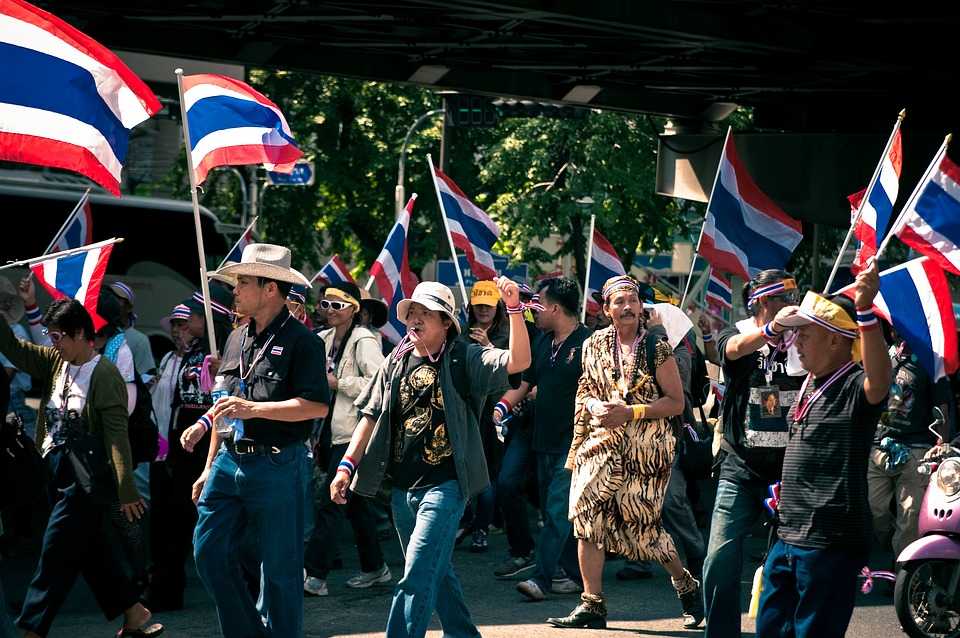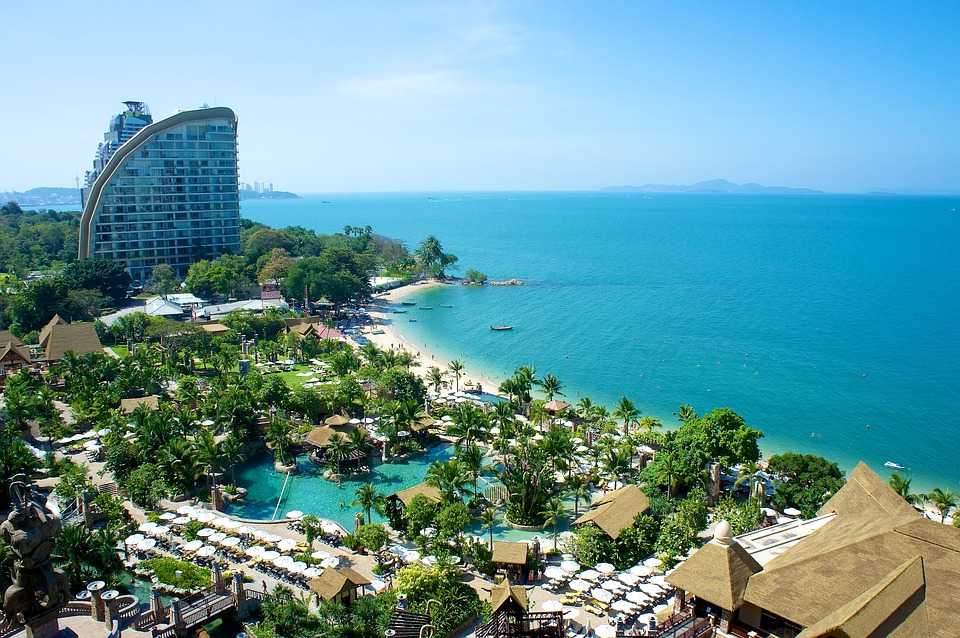The history of the city can be dated back to the fifteenth century. It was a quiet and straightforward farming and trading area on the banks of river Chao Phraya where small communities lived. It grew in importance during 15-16th centuries after new waterways and roadways were constructed. After Ayutthaya was burnt in 1767 by the Burmese army, the Thai military established Thon Buri, a community of Bangkok.
History of Bangkok
Part 1: The Chakri Dynasty

In 1785, the royal district was completed and the city was given a name at the consecration ceremony: ‘Great City of Angels, the Repository of Divine Gems, the Great Land Unconquerable, the Grand and Prominent Realm, the Royal and Delightful Capital City full of Nine Noble Gems, the Highest Royal Dwelling and Grand Palace, the Divine Shelter and Living Place of Reincarnated Spirits.’ Foreign traders continued to call the city ‘Bang Makok’.
Several prisoners captured during different wars were brought to Bangkok to work as labourers. With the help of these labourers, Rama I augmented natural canal and river system here. Artificial waterways were also constructed. This was an important move in the history of Bangkok.
By the mid 19th century, scared of the growing colonisation by the British and the French, a great iron chain was suspended across Mae Nam Chao Phraya to stop ships from entering.
European Influence On The History of Bangkok

The British and the French used the country as a buffer state between their respective colonies of Laos and Cambodia and northern Malaya. During his reign, there were some more notable architectural developments including the construction of 120 roads and railways.
With growing wealth and prosperity in Bangkok, the wealthy merchant families living there started sending their children abroad for studies. Many of them were sent to study in Europe. Three of these people who had gone out to study, Pridi Banomyong, Phibun Songkhram and Prayoon Phamonmontri, came back and organised an underground ‘People’s Party’.
This organisation aimed to remove the Siamese government and form a new one based on the principles of democracy. Finding a partner in Rama VII, a bloodless revolution took place in 1932 after which Thailand transformed from an absolute monarchy to a constitutional one and marked one of the most important milestones in the history of Bangkok.
Struggle for Democracy

From 1964 to 1973, Thai army officers Thanom Kittikachorn and Praphat Charusathien ruled Thailand. Kukrit Pramoj established a leftist agenda after taking over the 14-party coalition government. In 1976, the military again gained control. This switch between military and civilian rulers kept taking place for over 15 years in Bangkok.
In 1992, several demonstrations were held for democracy, which eventually led to the resignation of the military dictator, General Suchinda Kraprayoon. After the eventful So this was the history of Bangkok, it shaped the city to become the amazing fast-paced city in the 20th Century onwards.
The Difficult Period of Democracy

Anti-government demonstrations took place in Thailand in 2008. In 2011, Thaksin’s sister, Yingluck Shinawatra was elected the Prime Minister. 2013-2014 witnessed politically unstable conditions in the country. Anti-government movements took place during these two years. This resulted in the removal of Yingluck and the establishment of the military junta.
Modern Day Bangkok
In 2016, Maha Vajralongkorn succeeded his father on the throne. A constitution was drafted in 2017 under the ruling military junta. General Prayuth Chan-Ocha, who had seized power in 2014, stood up for office in the 2019 elections with the backing of pro-military Palang Pracharath Party.The elections were held using a new mixed-member apportionment system. Palang Pracharath received the maximum votes while Pheu Thai emerged as the largest party. A seven-party alliance was formed along with Pheu Thai and Future Forward, but they could not form a government. Finally, Prayut was voted as Prime minister.
So this was the history of Bangkok. Having faced many challenges, protecting itself against colonisation and the constant switch between military and civilian rulers, Bangkok and Thailand, at large, have grown into the city and country we know as of today.
